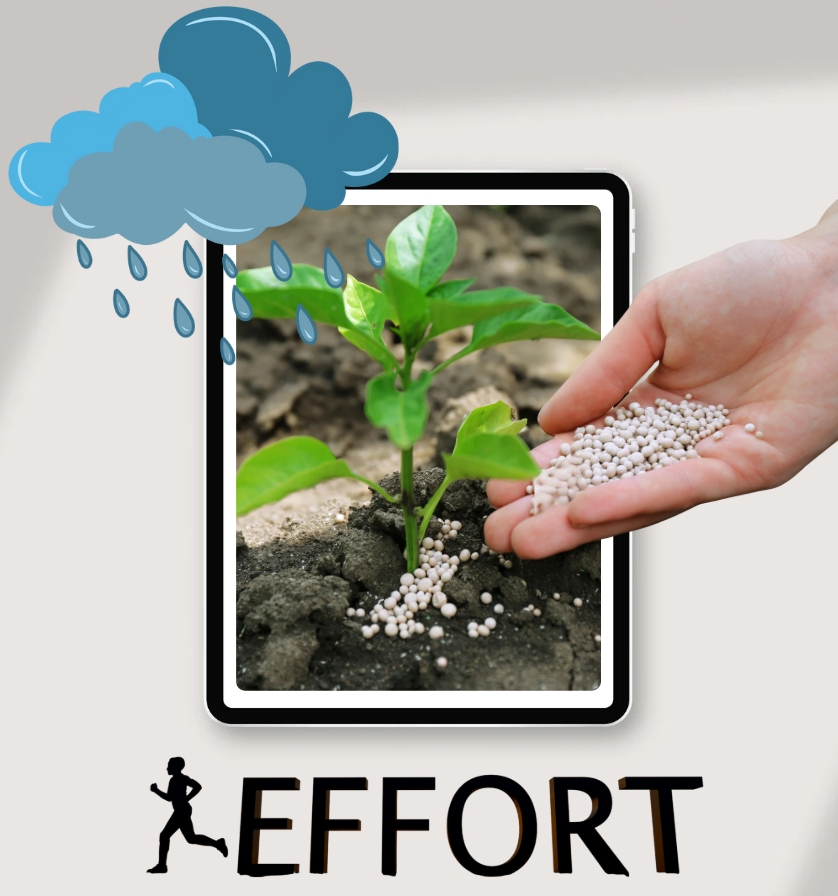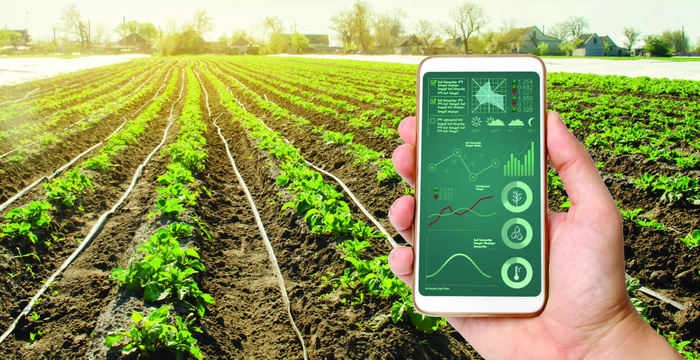
Applying Information Technology and Mobile Applications to Update Price Information
Applying Information Technology and Mobile Applications to Update Information on Prices, Weather, and Agricultural Techniques.

1. The importance of information technology in agriculture.
In the context of modern agriculture, quick access to information is a key factor in enhancing productivity and economic efficiency. Information on market prices, weather forecasts, and advancements in science and technology all have a significant impact on the decision-making process of producers. If not updated in a timely manner, farmers may miss opportunities to sell their products at high prices and are also at risk due to weather fluctuations and pest outbreaks. Conversely, when they have access to reliable data sources, farmers can be more proactive in planning their crops, choosing the right time for harvest, applying techniques, and managing the storage and consumption of agricultural products.
The development of information technology (IT) and mobile applications today brings many outstanding benefits:
- Real-time information access: Agricultural prices, weather, and disease outbreaks are updated instantly via the internet.
- Wide accessibility: People in remote areas can also connect if there is mobile network infrastructure.
- Transfer of scientific and technical knowledge: Instructional videos, articles, and experience-sharing forums can all be accessed on phones and computers.
With these advantages, the application of information technology and mobile technology has become an essential choice for building a smart, sustainable agriculture that adapts to the context of integration.

2. Mobile application for updating agricultural product prices.
2.1. The role of price information
The prices of agricultural products often fluctuate according to the seasons, consumer demand, and supply-demand factors in the market. When farmers can keep track of prices regularly, they will:
- Proactively decide the optimal time to sell, avoiding price pressure.
- Find suitable outlets (traders, e-commerce platforms, wholesale markets).
- Plan for reinvestment after harvest, calculating the amount of working capital for the next season.
2.2. Typical applications for tracking agricultural product prices.
- AgriMedia, M4Agri, AgriTech (example names): A mobile application that specializes in updating prices of rice, coffee, pepper, fruits, etc., by region.
- E-commerce platform for agricultural products: Many platforms allow online selling and market price tracking, directly connecting buyers and sellers.
- Integration on social media: Some Facebook, Zalo, and Telegram groups of farmers and traders regularly share daily updated prices.
2.3. Approach and usage methods
- Download the app from the App Store or Google Play: Make sure to choose the official app with many downloads and positive reviews.
- Register an account: Verify your phone number or email to access advanced features (posting, tracking detailed prices).
- Check user reviews: Before trusting any price information, you can compare from multiple sources to avoid being "misled" or encountering fakes.
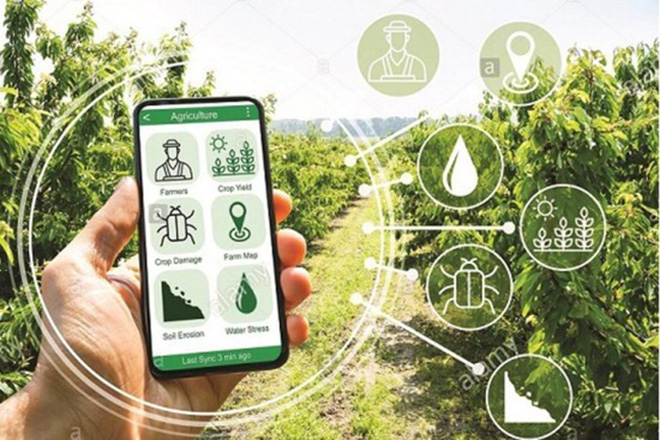
3. The application of IT in weather forecasting for agriculture.
3.1. The importance of weather forecasting
The weather directly affects the growth process of crops and livestock. Factors such as temperature, rainfall, humidity, wind speed, storms, or frost can determine the germination rate, the level of disease infection, or even total loss in the event of a major disaster. Therefore:
- The family needs a farming plan based on long-term forecasts of rain and sunshine.
- Adjust the schedule for fertilizing and spraying according to predictions of rain and strong winds.
- The harvest time can be moved a couple of days earlier or later to avoid adverse weather (continuous rain, storms).
3.2. Weather forecasting applications and platforms
- Google Weather, Yahoo Weather, AccuWeather: Provide weather forecasts for temperature, rain, and wind for the next 5-10 days.
- AgriMedia (or digital agriculture): Integrates meteorological information from the national meteorological department, early disaster warnings.
- Zalo Mini App: Some provinces have integrated agricultural weather forecasts directly on Zalo, along with pest outbreak alerts.
3.3. Note when using forecast information.
- Check from multiple sources: The weather can be unpredictable at times, so check 2-3 apps to compare reliability.
- Update regularly: Long-term forecasts (7-10 days) can change, so check again before making important decisions (fertilizing, planting).
- Understand local conditions: Weather data on apps may vary at the scale of each commune or village, so it’s important to combine it with real observations.
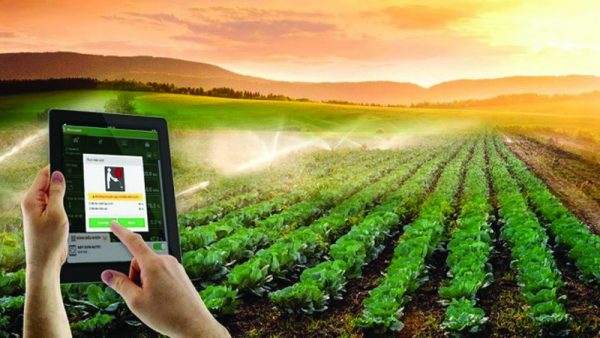
4. Mobile applications and IT in cultivation techniques and agricultural management.
4.1. Electronic documents and online courses
- E-books and instructional videos: Many agricultural organizations, research institutes, fertilizer companies, and seed suppliers provide free materials. Farmers can learn how to:
- Plant and care for new types of crops.
- Control pests and diseases using biological methods combined with modern technology.
- Apply fertilizers appropriately, balancing NPK and organic fertilizers.
- Online courses (e-learning): Some platforms (Coursera, EdX, Udemy, or local platforms) offer lectures specifically on smart farming, drip irrigation, and greenhouse cultivation.
4.2. IoT sensors and farm management systems
- IoT system (Internet of Things): Install sensors to measure soil moisture, temperature, pH, and light; data is sent to the server and displayed on a mobile app.
- Automatic control: Users can water remotely, turn fans on and off, and open or close greenhouse covers through their phones.
- Crop management log: Many apps allow for recording expenses, fertilizers, pesticides, planting dates, helping to manage cash flow and productivity more scientifically.
4.3. Join the online farming community.
- Forums, Facebook groups, Zalo: Community members exchange experiences, ask questions about pests, techniques, and the market. Information can be quick and diverse, but it needs to be selective.
- Livestreams, online seminars: Some experts and agricultural businesses often organize livestreams for guidance, where community members can ask questions directly and receive timely support.

5. Challenges and solutions when applying information technology in agriculture
5.1. Challenge
- Inconsistent network infrastructure: Remote areas still lack stable 3G/4G coverage, making it difficult to access the internet regularly
- Device costs: Smartphones, computers, and IoT devices are quite expensive for some low-income farming households.
- Lack of operational skills: Many older individuals have limited exposure to technology and are hesitant to experiment.
- Inaccurate information: Some applications and websites provide misleading information or inflated prices, requiring careful verification.
5.2. Solution to the problem
- Infrastructure support policy: The government and telecommunications companies need to invest in internet networks in difficult areas and offer discounted rates for farmers.
- Training and workshops: Organize short courses to guide farmers on how to download applications, use smartphones, and troubleshoot simple technical issues.
- Establish an official information portal: Agricultural management units should create reputable websites and apps so that farmers have a reliable source of information (prices, weather, technical advice).
- Encourage cooperative models: Cooperatives and farmer groups should pool resources to purchase IoT devices, install a shared system, and share data to reduce costs.
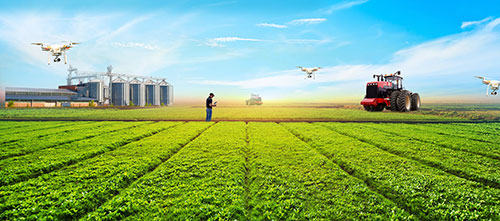
6. Results and benefits of successful implementation.
When IT and mobile applications come into practice, people can see:
- Increase productivity and quality of agricultural products: Thanks to a thorough understanding of techniques, timely pest control, and more precise management of irrigation and fertilizers.
- Reduce weather and disease risks: Early warnings of storms, floods, and pests to proactively prevent and minimize damage.
- Save costs: Properly applying processes will reduce expenses for fertilizers and pesticides while optimizing labor.
- Expand consumption markets: Reaching customers through e-commerce platforms, social media, and online ordering helps agricultural products reach distant consumers, increasing value
- Enhance competitiveness: When quality and food safety improve, farmers can aim for exports, connect with supply chains, and increase brand recognition.
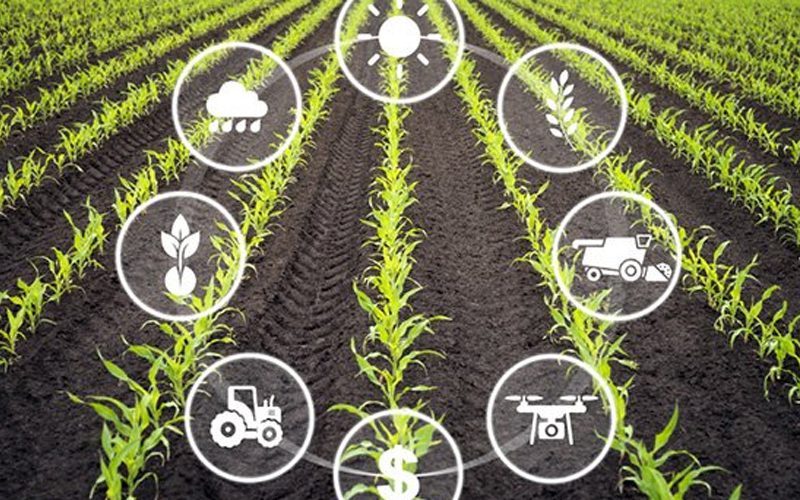
7. Case Study
- Cooperative X (pseudonym): Implementing IoT solutions to measure soil moisture and pH for vegetable gardens, continuously updating the information on a mobile app. The manager can remotely monitor and control drip irrigation and weed management. As a result, water usage is reduced by 30%, fertilizer costs by 20%, and the vegetables grow well. Connecting to an e-commerce platform allows selling vegetables at a price 15% higher than before.
- Farm Y: Downloading a weather alert app to closely monitor rain and storm information. When heavy rain is imminent, the farm proactively covers and harvests the ripening vegetable batch early to minimize losses. After the rain, they spray fungicides promptly according to the app's guidance, preserving 90% of the cultivated area.

8. Towards the future of digital agriculture.
Digital Agriculture is seen as an irreversible trend. In the future, we will witness:
- Expanding 5G coverage in rural areas to enhance connection speeds, enabling the deployment of robots and drones for spraying pesticides or monitoring large agricultural fields.
- Big Data: Collecting data from millions of sensors, weather, and market information, then analyzing it for more accurate forecasts to support optimal decision-making.
- Artificial Intelligence (AI): Assisting in diagnosing plant diseases through images, suggesting treatment measures, managing warehouses, and automating harvest schedules.
- Blockchain: Tracking the supply chain of agricultural products from the field to the table, ensuring transparency of origins and increasing customer trust.
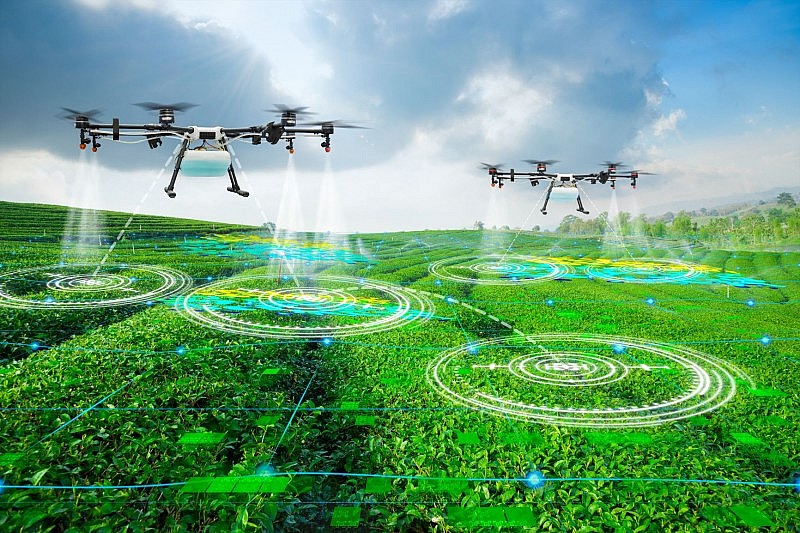
9. Conclusion
The application of information technology and mobile applications to update information on prices, weather, and agricultural techniques has become a key aspect of modern agriculture. Although there are still many challenges regarding infrastructure, costs, and skills, the clear benefits are undeniable:
- Help farmers optimize production: cultivate according to the correct process, avoid waste, increase productivity..
- Minimize risks: early warnings for weather and diseases, better preparation.
- Expand the market: direct connection between growers and consumers, enhance the value of agricultural products..
- Enhance competitiveness: build a sustainable agricultural brand that meets domestic and international standards.
To maximize effectiveness, the cooperation of the government, businesses, organizations, cooperatives, and the farmers themselves is essential. By proactively learning and practicing information technology, farmers will gradually master the technology, contributing to a smart agriculture that is rich in potential and capable of adapting to the complex changes of the era.
Wishing you all success on your journey to digitize agriculture!
Bình luận
Những bình luận mới nhất
